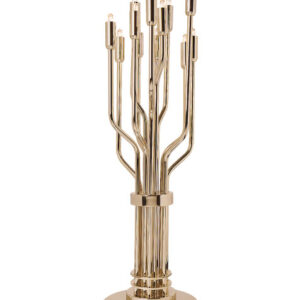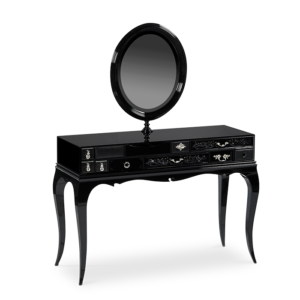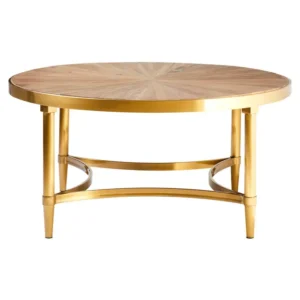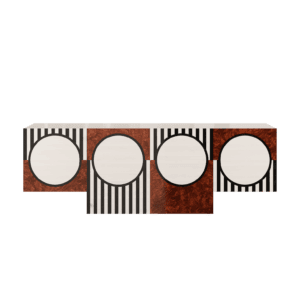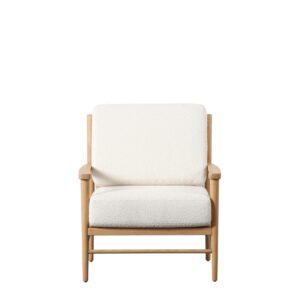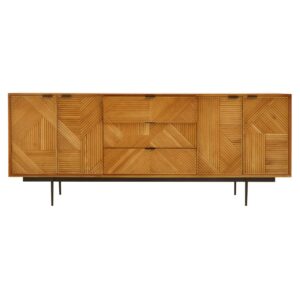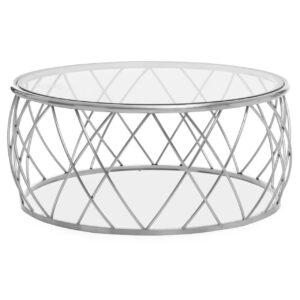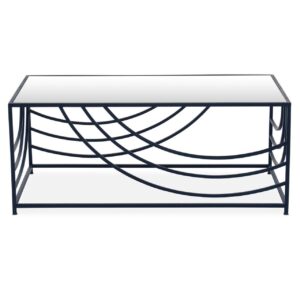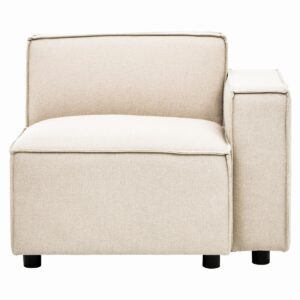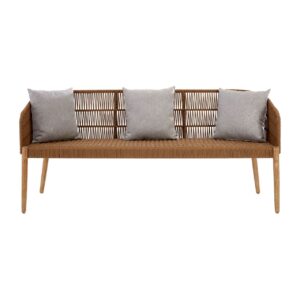Tips
THE PSYCHOLOGY OF INTERIORS: HOW YOUR HOME IS SECRETLY SHAPING YOUR MOOD
Unveil Luxury, Unleash Comfort – Eclectic Niche.
Designing for Well-Being: How the Psychology of Interiors Impacts Your Emotions
Introduction
Have you ever walked into a space and immediately felt a sense of calm, inspiration, or even anxiety? That reaction isn’t random—it’s the psychology of interiors at play. Your home is more than just a collection of furniture and decor; it’s a powerful influencer on your mental and emotional well-being. Understanding how colors, textures, lighting, and spatial arrangements impact your mood can help you design a space that nurtures positivity and relaxation.
The Science Behind the Psychology of Interiors
Scientific studies have shown that our environment directly affects our stress levels, productivity, and emotional state. Interior designers and psychologists alike recognize that elements such as natural light, color psychology, and furniture placement can either elevate or dampen your mood. The psychology of interiors is about harnessing these elements to create harmony and balance in your living space.
The Power of Color Psychology in Interiors
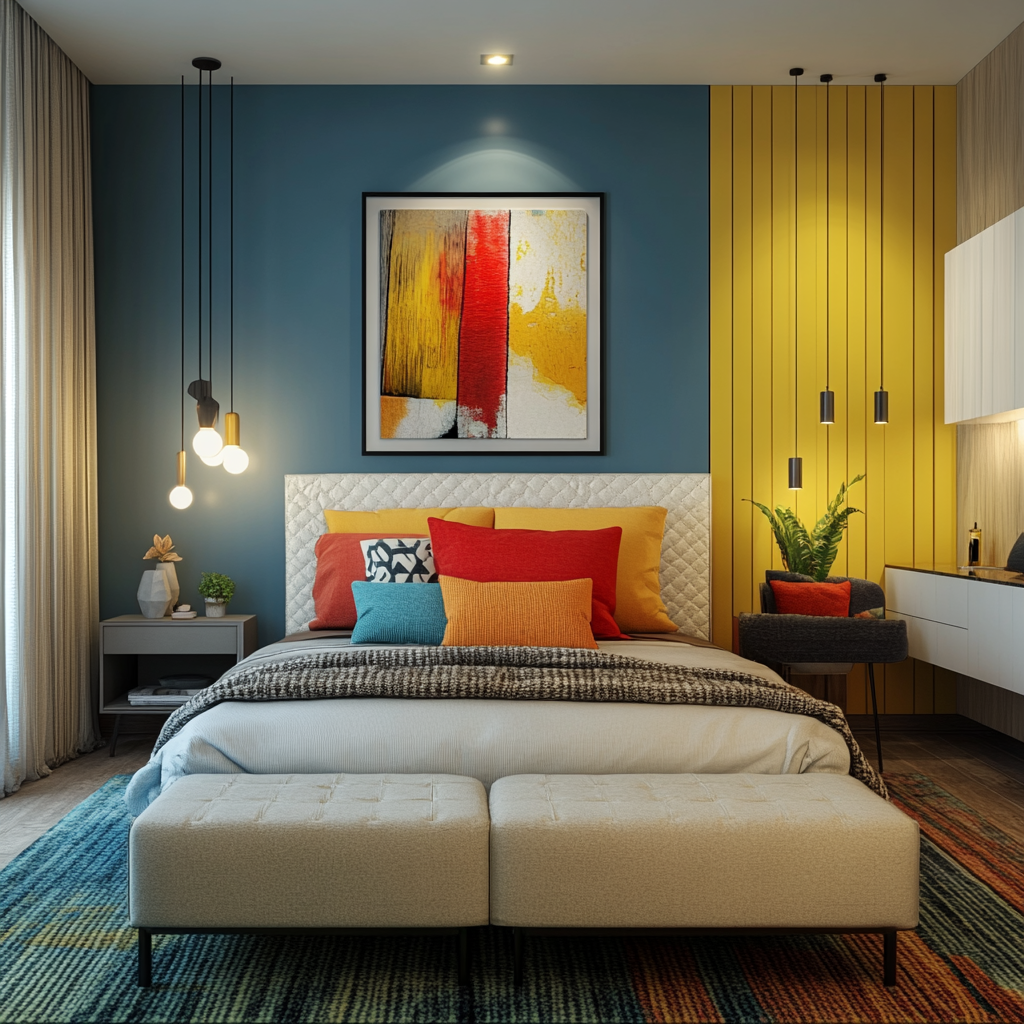
Color has a profound effect on mood. For instance:
Blue promotes tranquility and focus, making it ideal for bedrooms and home offices.
Yellow exudes warmth and optimism, perfect for kitchens and social spaces.
Green symbolizes balance and harmony, bringing a refreshing energy to any room.
Red is stimulating and can evoke passion and excitement, making it a bold choice for dining areas.
Neutrals like beige and soft grays create a calming and sophisticated ambiance.
Incorporating the right hues in psychology of interiors ensures your home works with your emotions rather than against them.
Lighting: The Ultimate Mood Enhancer
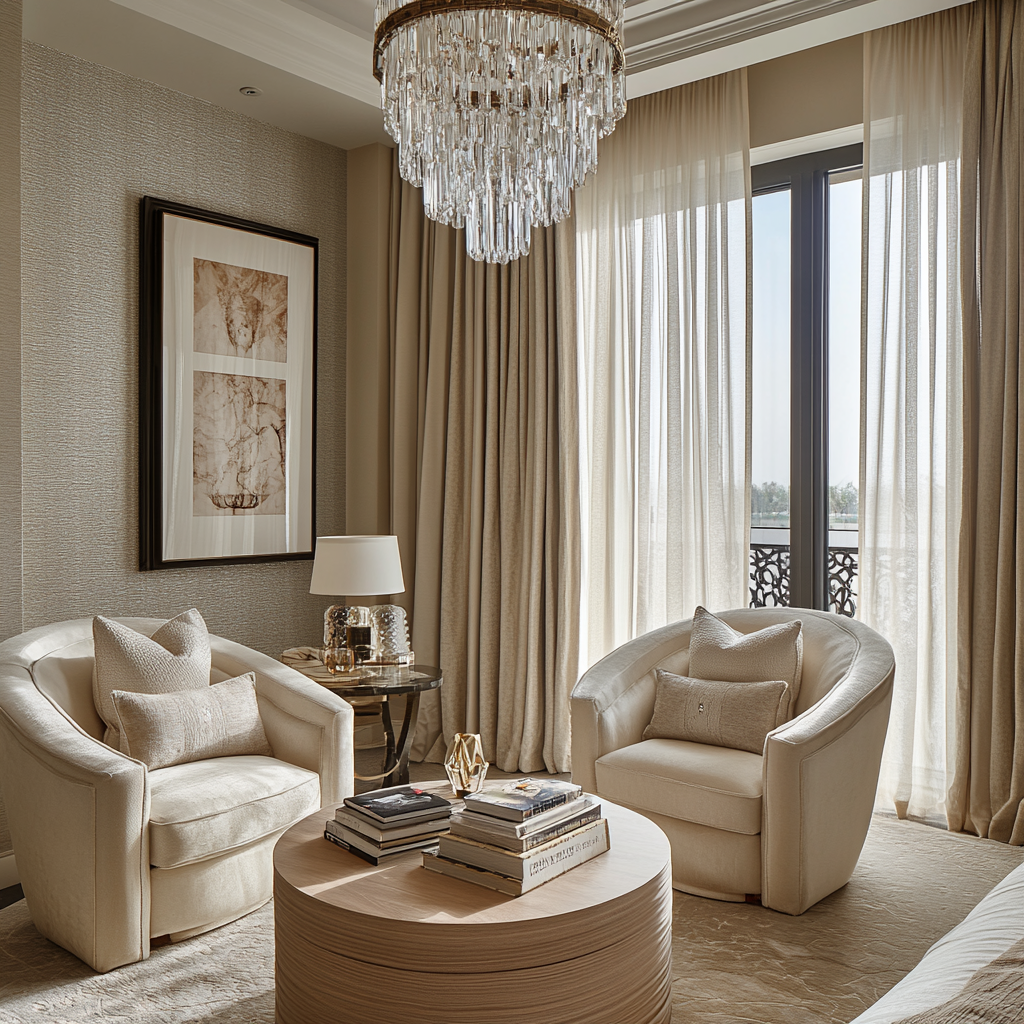
Lighting sets the tone for any space. Natural light has been scientifically proven to increase serotonin levels, which can boost your mood. Here’s how to maximize lighting for optimal well-being:
Use sheer curtains to let in more daylight.
Layer different lighting sources (ambient, task, and accent) to create warmth and depth.
Opt for warm-toned LED bulbs to enhance relaxation in the evenings.
The Role of Layout and Space Organization
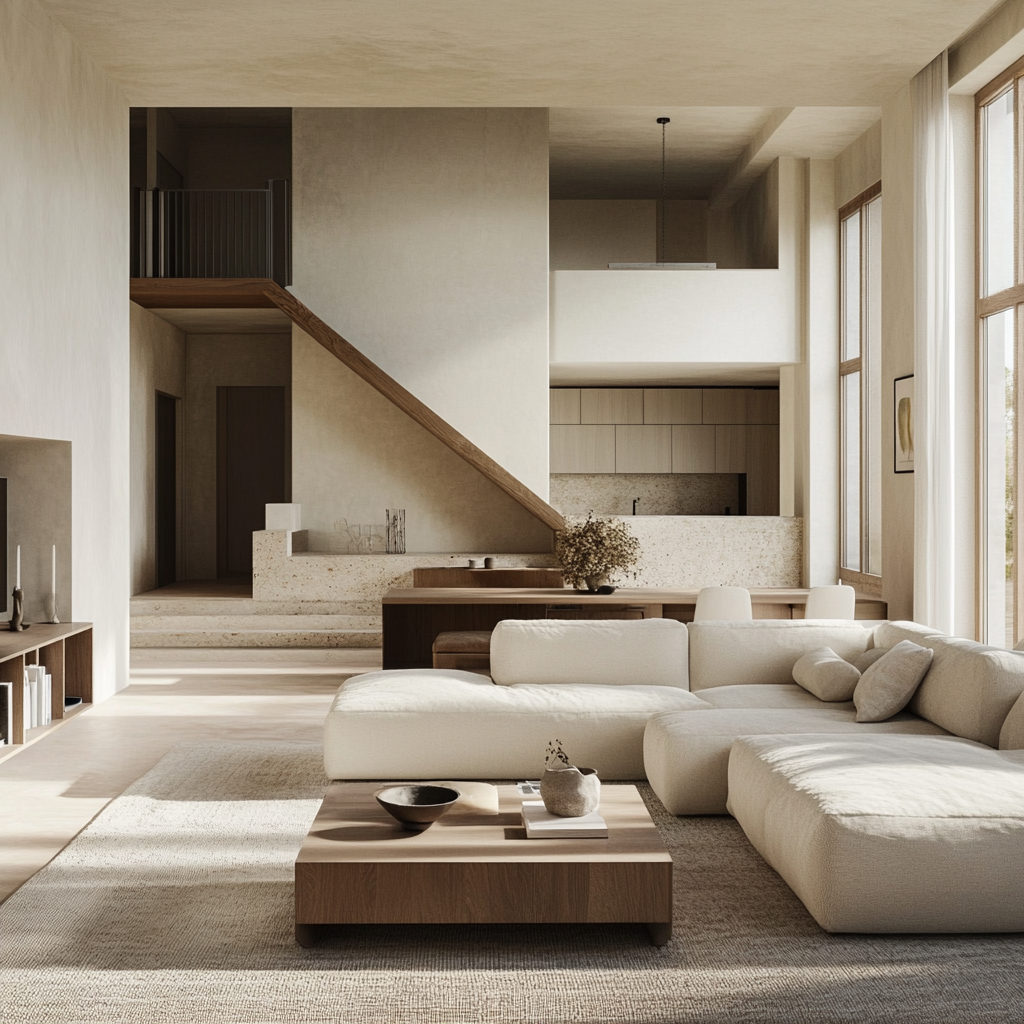
A cluttered space can create mental chaos, while an open, well-organized environment fosters clarity and peace. To achieve psychology of interiors, consider these tips:
Embrace minimalism by decluttering regularly.
Use multi-functional furniture to maximize space efficiency.
Arrange furniture to facilitate movement and social interaction.
Textures and Materials That Evoke Comfort

Tactile elements can greatly influence our emotional state. Soft fabrics, natural wood, and organic textures can enhance feelings of comfort and warmth. Key elements to incorporate:
Plush rugs and cushions for a cozy atmosphere.
Wooden furniture to create a grounding, earthy vibe.
Linen and cotton fabrics for breathable and calming aesthetics.
Nature’s Influence: The Biophilic Connection

Biophilic design—integrating natural elements into your space—has been shown to reduce stress and improve well-being. Ways to incorporate nature include:
Adding indoor plants to improve air quality and provide a sense of vitality.
Using natural materials like stone and wood.
Incorporating water features for a soothing ambiance.
-

Hudson Valley Lighting
Charisma Chandelier
£8,542 Add to cart -
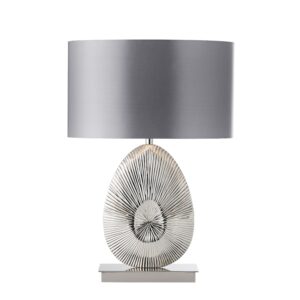
Hamilton Barnes
Mento Table Lamp
£390 Add to cart -
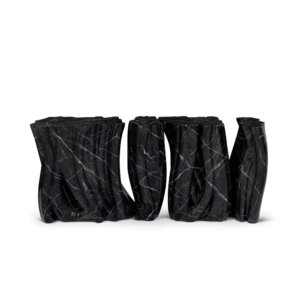
BocadoLobo
Monochrome Faux-Marble Sideboard
£19,600 – £23,400 Select options This product has multiple variants. The options may be chosen on the product page -
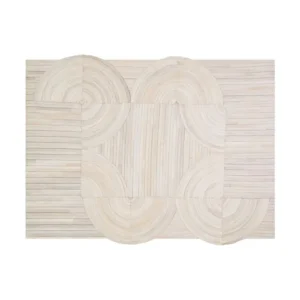
North West
Safie Large Natural Hair On Leather Rug
£702 Add to cart
Scent and Sound: The Unseen Mood Shifters
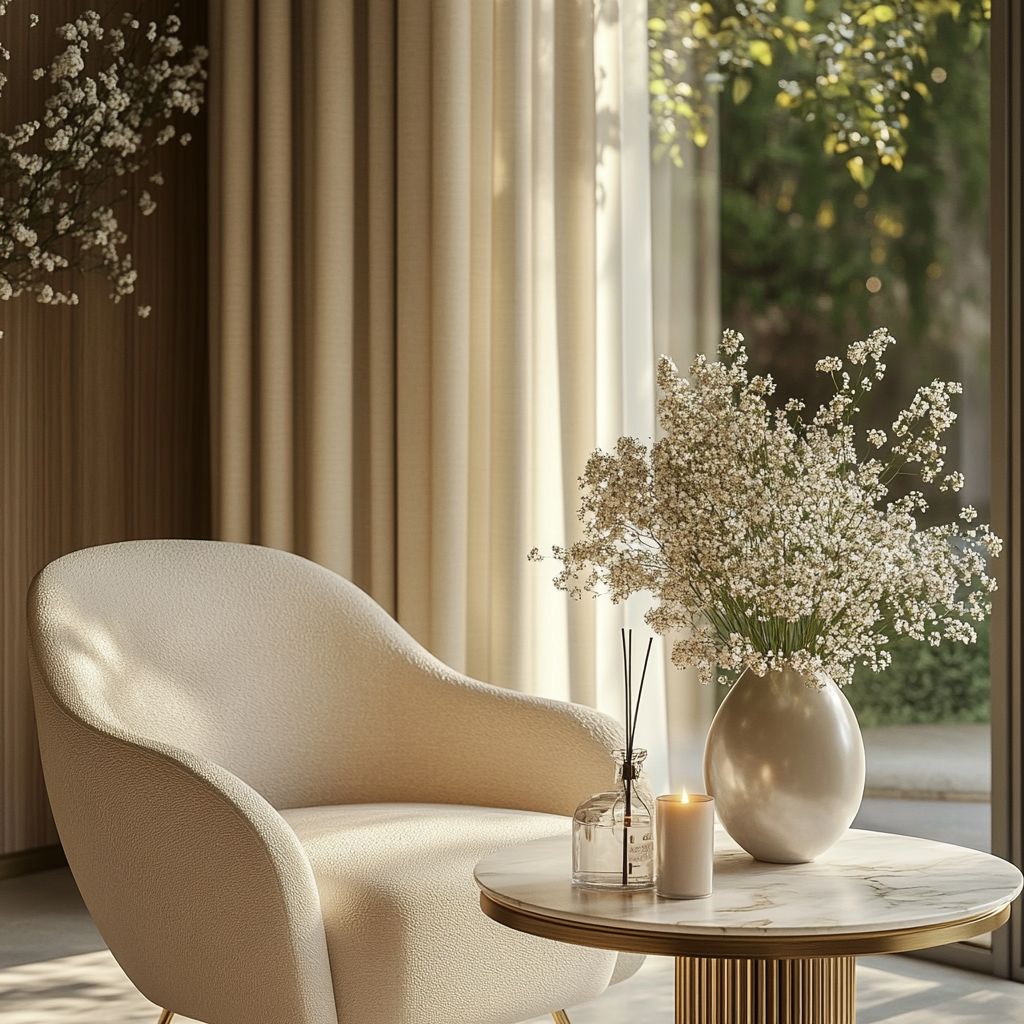
Scent and sound play a crucial role in psychology of interiors:
Lavender and citrus scents promote relaxation and energy, respectively.
Soft background music or white noise can create a calming atmosphere.
Using essential oil diffusers or scented candles enhances the sensory experience.
Conclusion: Designing for Emotional Well-Being
Your home should be a sanctuary that uplifts and rejuvenates you. By incorporating color psychology, strategic lighting, decluttering, texture layering, biophilic elements, and sensory enhancements, you can create a space that actively nurtures your well-being. Psychology of interiors isn’t just about aesthetics—it’s about curating an environment that supports your mental and emotional health.


